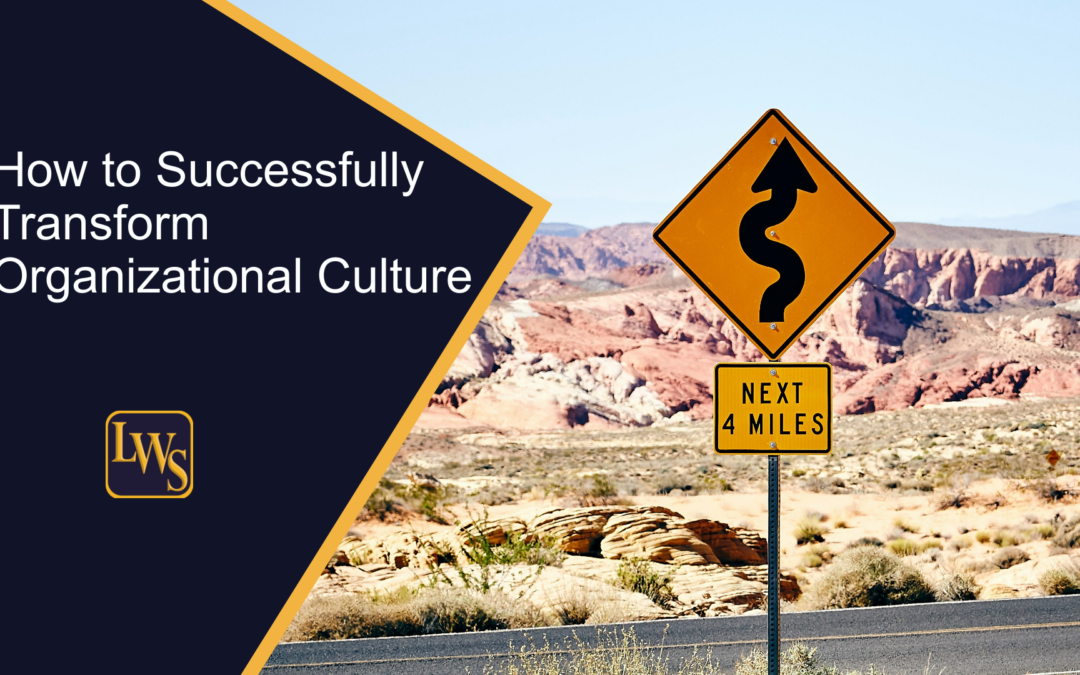At a Glance
- Understand the key principles of driving change and transforming organizational culture successfully.
- Explore effective strategies and techniques for leading change within your organization.
- Discover how to overcome resistance and engage employees in the change process.
- Learn from real-world examples of successful organizational culture transformations.
- Gain practical insights and actionable tips to implement change initiatives and drive lasting results.
Change is a constant in today’s fast-paced business landscape. To stay competitive and thrive, organizations must embrace transformation at its core. One of the most critical aspects of driving change is transforming organizational culture. In this article, we will explore strategies and insights on how to successfully lead and navigate cultural change. So, fasten your seatbelts, because we’re about to embark on a transformative journey!
Understanding the Power of Culture Change
Culture is the DNA that shapes an organization’s identity, values, and behavior. It’s like the invisible force that drives decisions, actions, and interactions among employees. When organizations recognize the need for change, it’s essential to assess and understand their current culture. This process involves identifying the strengths and weaknesses of existing cultural norms, beliefs, and practices.
Embracing Organizational Change as a Leader
As a leader, you play a crucial role in driving cultural transformation. Your ability to communicate a clear vision and purpose will inspire others to embrace change. You have the power to take charge and lead change within your organization. It’s vital to create a compelling narrative that highlights the benefits of cultural change and aligns it with the organization’s strategic goals.
The Key Role of Leadership in Transformation
Leadership is not only about being at the top; it’s about influencing others and inspiring them to bring out their best selves. Effective leaders embody the desired cultural values and behaviors they wish to instill within their teams. By setting an example through their actions and words, they create a ripple effect that positively impacts the entire organization.
Strategies for Successful Cultural Transformation
- Engage Employees: Actively involve employees at all levels in the change process. Encourage open dialogue, listen to their concerns, and incorporate their ideas into the transformation plan.
- Communicate Effectively: Transparent communication is vital in times of change. Regularly share updates, progress, and milestones with your team. Be open to feedback and address any concerns promptly.
- Provide Resources: Equip employees with the necessary tools, training, and resources to adapt to the new culture successfully. Invest in their growth and development, fostering a sense of empowerment and ownership.
- Lead by Example: As a leader, your actions speak louder than words. Model the desired cultural behaviors and hold yourself accountable for upholding them consistently.
- Celebrate Wins: Acknowledge and celebrate small victories along the way. Recognize individuals and teams who embody the new cultural values, reinforcing positive change.
Overcoming Challenges in Cultural Transformation
Leading cultural change is not without its challenges. Resistance, fear of the unknown, and ingrained habits can hinder progress. However, with the right approach, these obstacles can be overcome.
- Address Resistance: Understand that resistance to change is natural. Take the time to listen to concerns, address fears, and provide reassurance about the benefits of cultural transformation.
- Build a Supportive Network: Surround yourself with a network of like-minded individuals who believe in the power of change. Together, you can support each other through the ups and downs of the transformation journey.
- Stay Agile: Recognize that cultural transformation is a dynamic process. Be adaptable and open to adjusting strategies based on feedback and emerging needs.
- Patience and Persistence: Cultural change takes time. Stay committed to your vision, be patient with the process, and persist even when faced with setbacks.
The Impact of Successful Cultural Transformation
When organizations successfully transform their culture, remarkable outcomes can be achieved:
- Increased Employee Engagement: A positive culture fosters higher employee engagement, leading to improved productivity, loyalty, and job satisfaction.
- Enhanced Innovation and Creativity: A culture that encourages risk-taking and learning fosters innovation and creativity, driving the organization forward.
- Improved Adaptability: A flexible culture can quickly respond to market changes and emerging opportunities, giving the organization a competitive edge.
- Attracting Top Talent: A strong culture becomes a magnet for talented individuals who align with the organization’s values and purpose.
Your Journey Begins Now
Leading cultural change is a transformative journey that requires courage, vision, and perseverance. By harnessing the power of culture change, organizational change, leadership, and transformation, you have the opportunity to shape your organization’s future. Remember, change starts with you. Take the wheel, embrace the challenges, and inspire others to join you on this exciting adventure.
What specific aspects of your organizational culture need to be transformed?
How can you effectively communicate the vision and purpose of the desired change to your employees?
How can you ensure alignment between the desired organizational culture and your core values and purpose?
Start developing your leadership skills today with The Effective Leader or sign up today for the Effective Leadership email newsletter.
Contact me today for a complementary Strategy Session: Leadership Strategy Session
Or book me to speak at your next Event, Team Meeting, or Off-Site Retreat: Speaker Request

